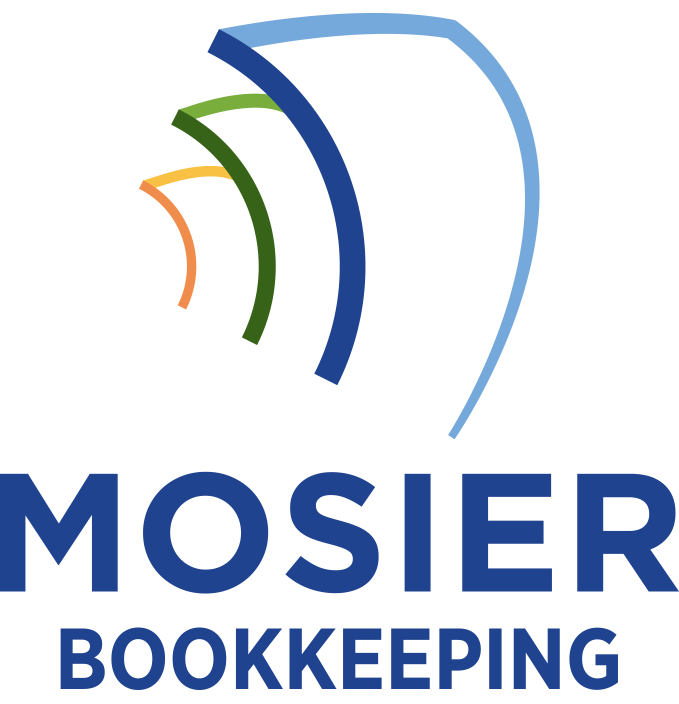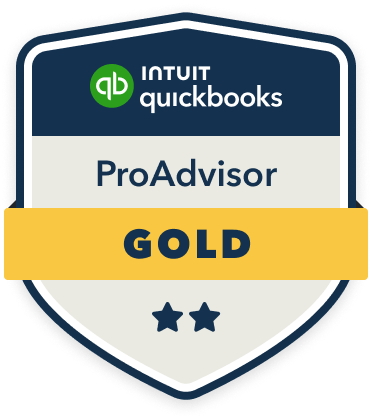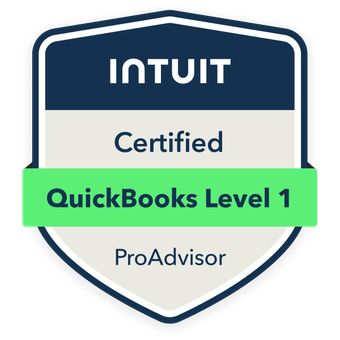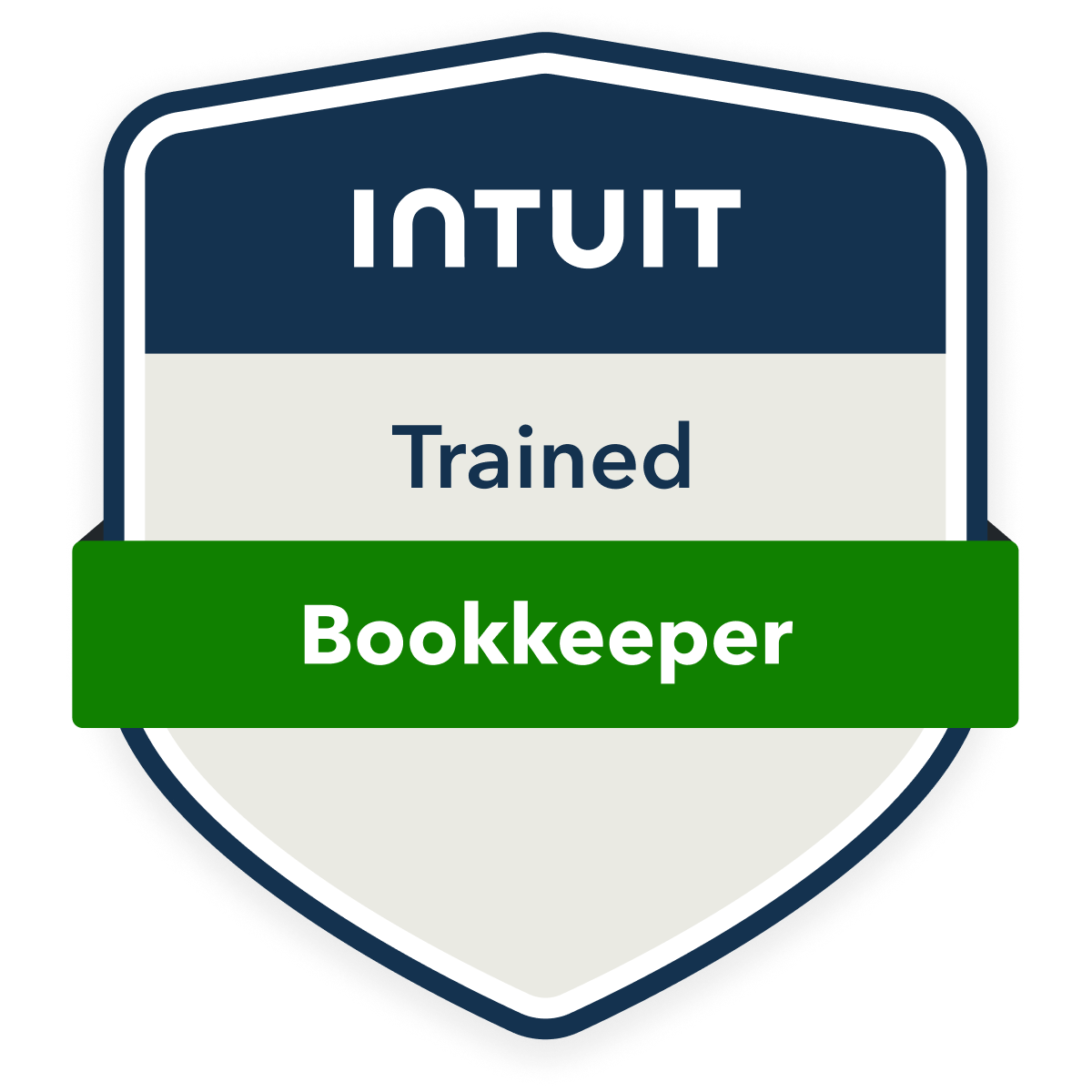To effectively manage non-profit bookkeeping with high overhead costs, I recommend implementing a systematic expense classification system that separates costs into fixed, variable, and personnel categories. You’ll need to deploy precise cost allocation methods, maintain meticulous documentation, and guarantee compliance with FASB ASC 958 guidelines. I suggest using automated expense tracking software and establishing clear metrics for overhead-to-program ratios. The following strategies will transform your high overhead from a liability into a strategic asset.
Understanding and Classifying Non-Profit Overhead Expenses

While many non-profit organizations focus primarily on their mission-driven activities, understanding overhead expenses is crucial for maintaining financial sustainability. I’ll help you classify these costs into core categories: administrative expenses, fundraising costs, and operational overhead.
I recommend separating your overhead into fixed costs like rent and utilities, variable expenses such as office supplies, and personnel-related expenditures including salaries and benefits. You’ll need to track each category meticulously, as proper classification impacts your organization’s financial ratios and donor transparency requirements.
Implementing Cost Allocation Methods and Best Practices
Because non-profit organizations often run multiple programs simultaneously, implementing a systematic cost allocation method is critical for accurate financial reporting and program evaluation. I recommend adopting a structured approach that aligns with your organization’s specific needs and funding requirements. You’ll need to precisely track both direct and indirect costs across all programs.
- Implement time-tracking systems to allocate personnel costs based on actual program involvement
- Use square footage calculations to properly distribute facility and utility expenses
- Apply activity-based costing to assign shared resources like equipment and supplies
I’ll help you develop robust allocation methods that guarantee compliance while maximizing your program efficiency and funding potential.
Reporting Requirements and Financial Statement Preparation

Non-profit organizations face extensive reporting requirements that demand meticulous attention to detail and strict adherence to regulatory standards. I’ll guide you through filing Form 990, which is vital for preserving your tax-exempt status. You’ll need to prepare comprehensive financial statements, including your Statement of Financial Position, Statement of Activities, and Statement of Cash Flows. I recommend implementing a robust reporting system that tracks restricted and unrestricted funds separately. You must also guarantee your financial statements comply with FASB ASC 958 guidelines and clearly demonstrate your organization’s fiscal responsibility to stakeholders and donors.
Building Trust Through Transparent Expense Documentation
Transparent expense documentation forms the bedrock of donor confidence and organizational credibility. I recommend implementing a robust system to track every dollar with meticulous precision. This approach helps you defend your overhead costs while demonstrating responsible stewardship of donated funds.
- Deploy automated expense categorization software to create detailed audit trails and eliminate manual errors
- Institute a dual-control approval process for all expenditures above a defined threshold
- Maintain thorough digital records with receipts, invoices, and purpose documentation
When you establish these controls, you’ll strengthen your position with donors, board members, and regulatory bodies. This systematic approach transforms high overhead from a liability into a strategic asset.
Strategic Approaches to Overhead Cost Management

While operational efficiency remains paramount, strategic overhead management requires a delicate balance between cost control and mission fulfillment. I recommend implementing a three-tier approach: analyze fixed costs for reduction opportunities, leverage technology to automate administrative tasks, and establish clear metrics for overhead-to-program ratios.
I’ve found that pooling resources with other non-profits through shared services can dramatically reduce administrative burdens. You’ll need to track these costs meticulously using activity-based costing methods. By categorizing expenses into direct program costs versus indirect overhead, you’ll maintain transparency while identifying areas for strategic cost optimization.
